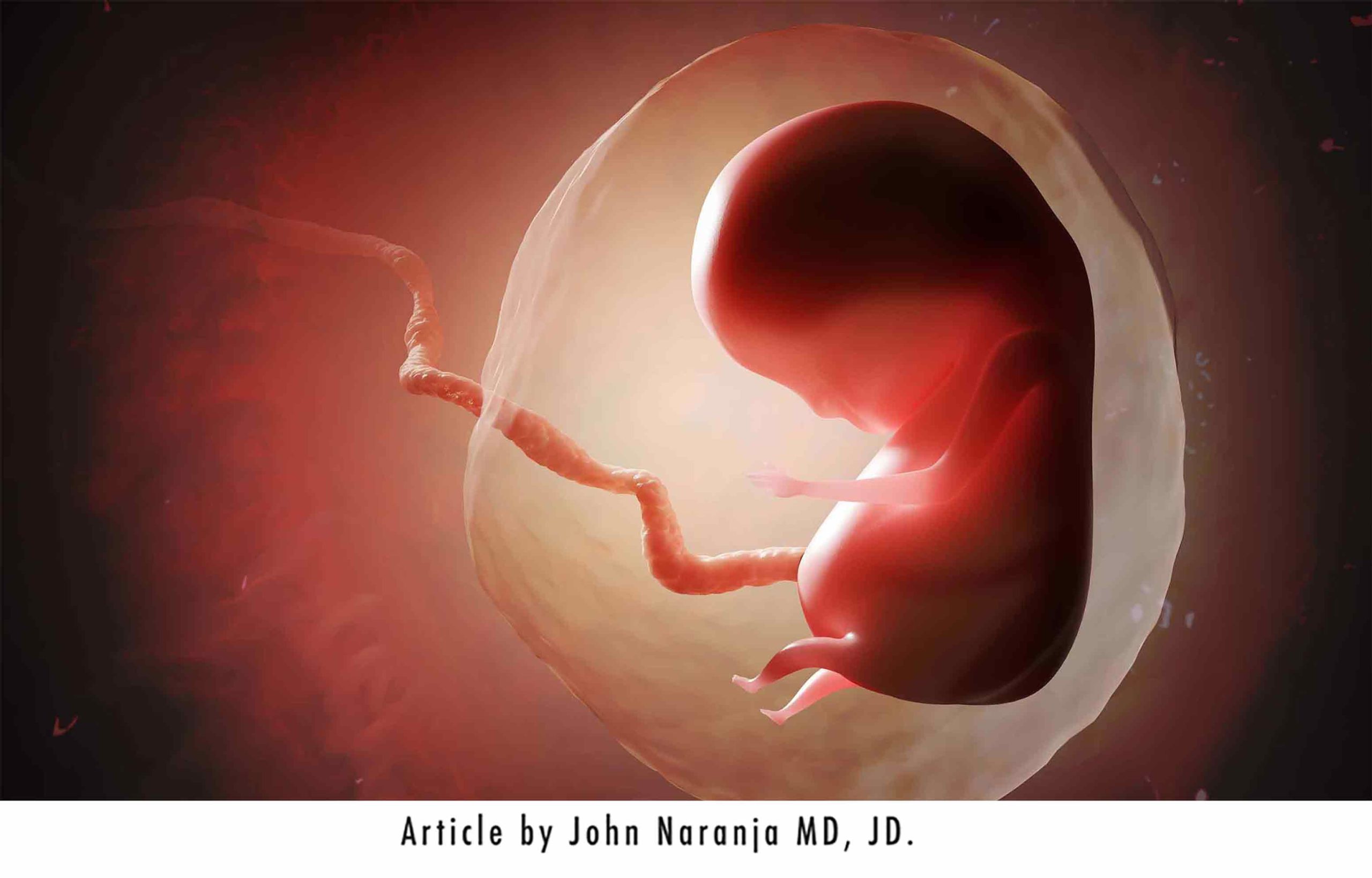
In the last Ask Dr. John series, we discussed the labor process, Clavicle Fractures During Birth.
Specifically, labor can be divided into three stages:
1) early labor-associated with regular contractions and dilation of the opening of the cervix where the baby will exit (also known as cervical effacement);

2) birth of the baby
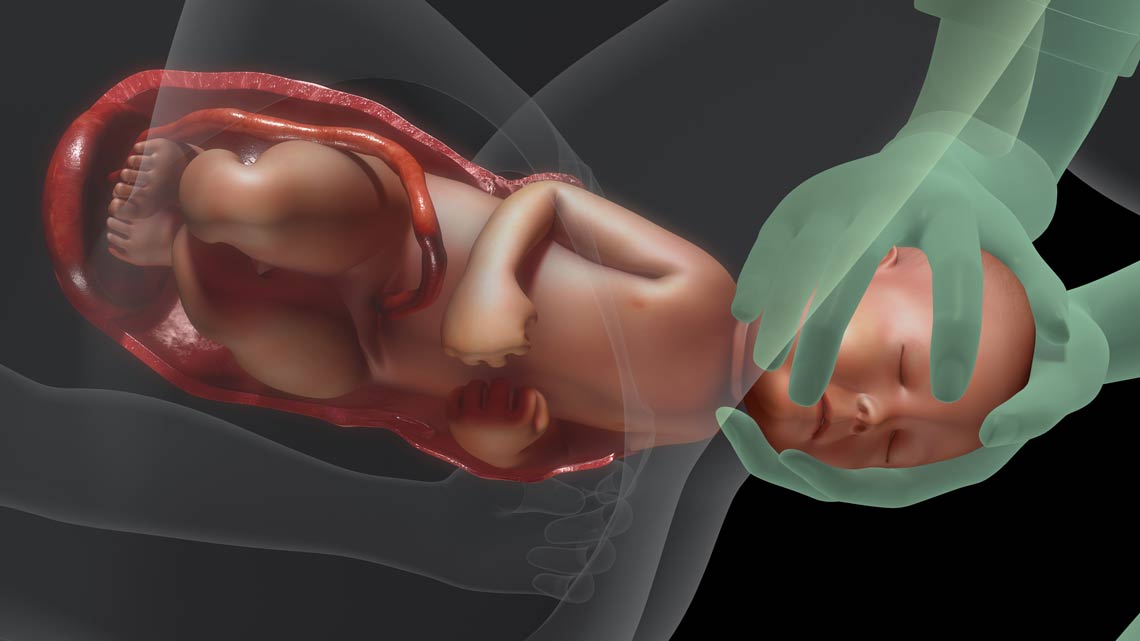
and 3) delivery of the placenta.
The placenta is a temporary organ that attaches to the uterus and joins mother and fetus during the pregnancy. It is responsible for, among other things, the passage of nutrients from mother to baby and waste products from baby to mother.
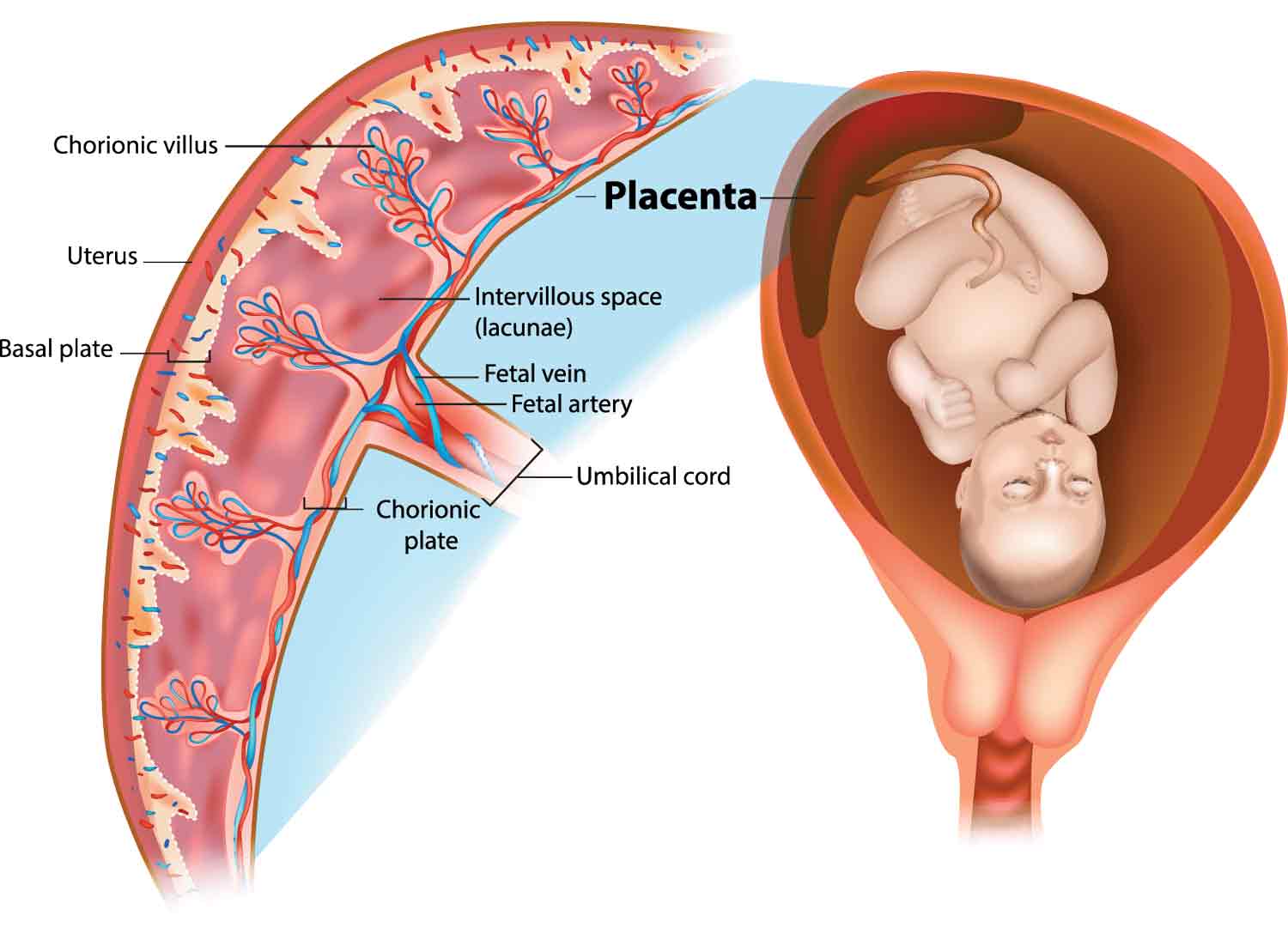
The final stage of labor, delivery of the placenta, is a necessary part of the labor process. If the placenta has not been delivered within approximately 30 minutes after delivery of the baby, this is considered a retained placenta. Although a retained placenta is not common, it is important to identify it to avoid serious adverse effects.
There are three types of retained placenta: placenta adherens; trapped placenta; and placenta accreta. Placenta adherens is a type of retained placenta that occurs because the uterus’ contractions are not strong enough to expel the placenta. When the uterus has no contractions, this has been called uterine atony.
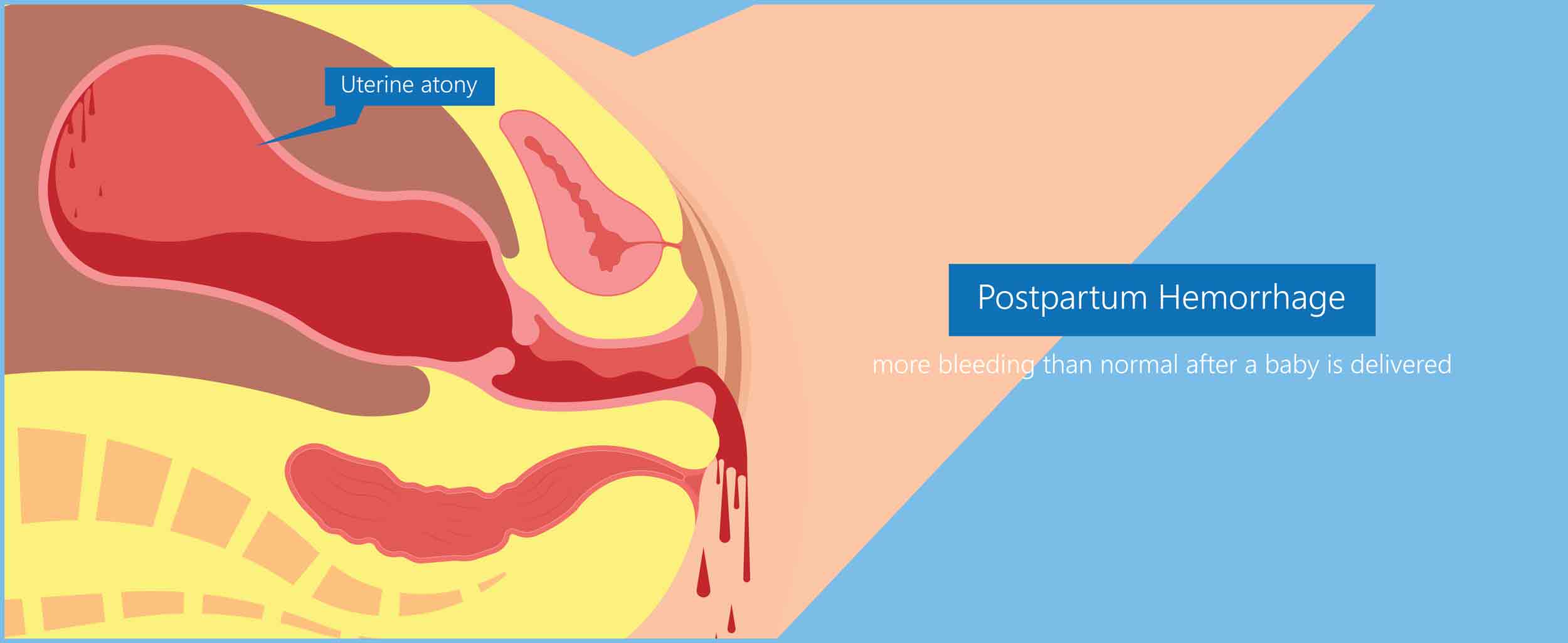
A trapped placenta occurs because the cervix has closed before the placenta is expelled.
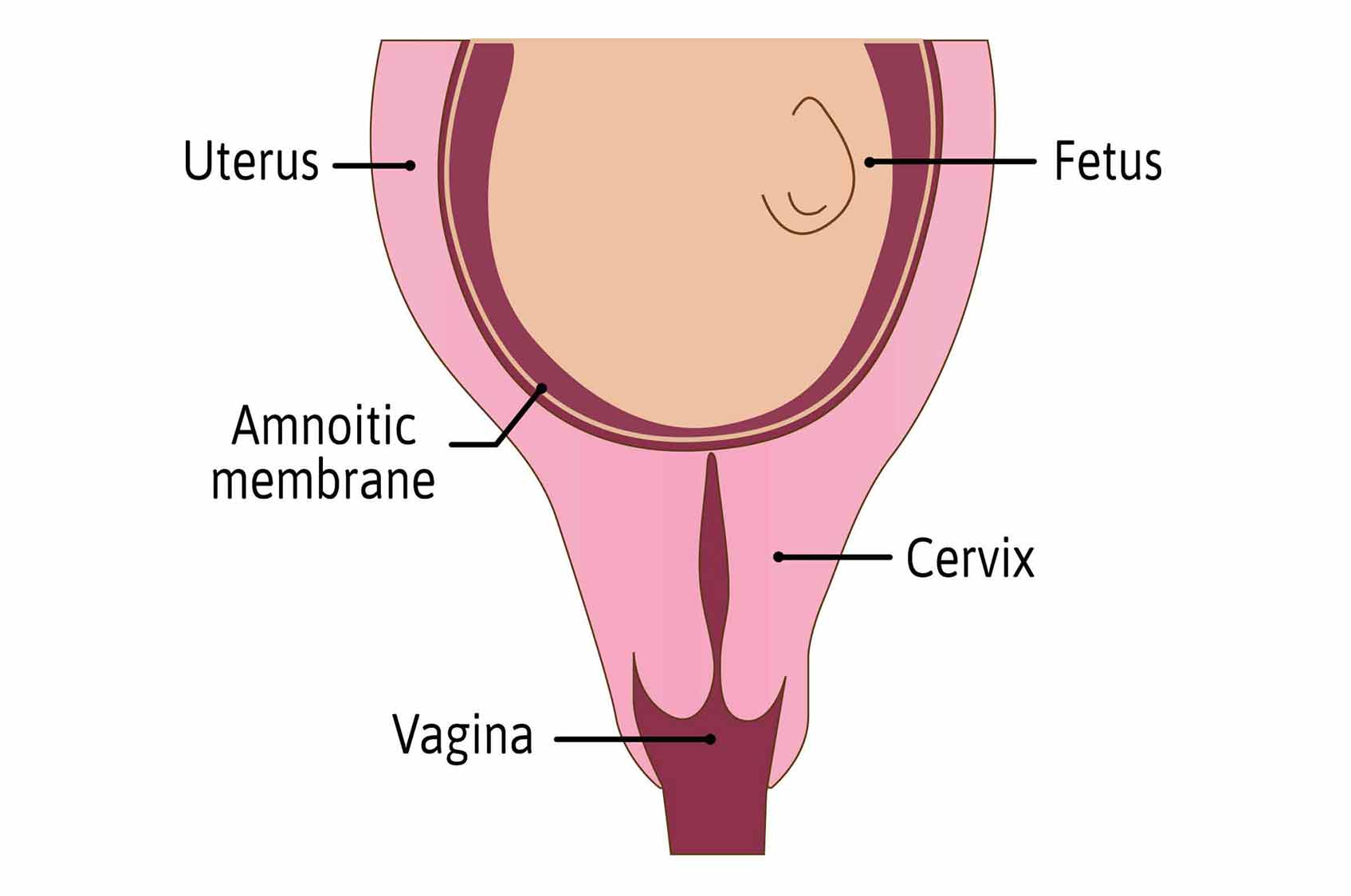
Finally, in placenta accreta, the placenta attaches to the muscle of the uterus instead of the lining, and therefore fails to separate.
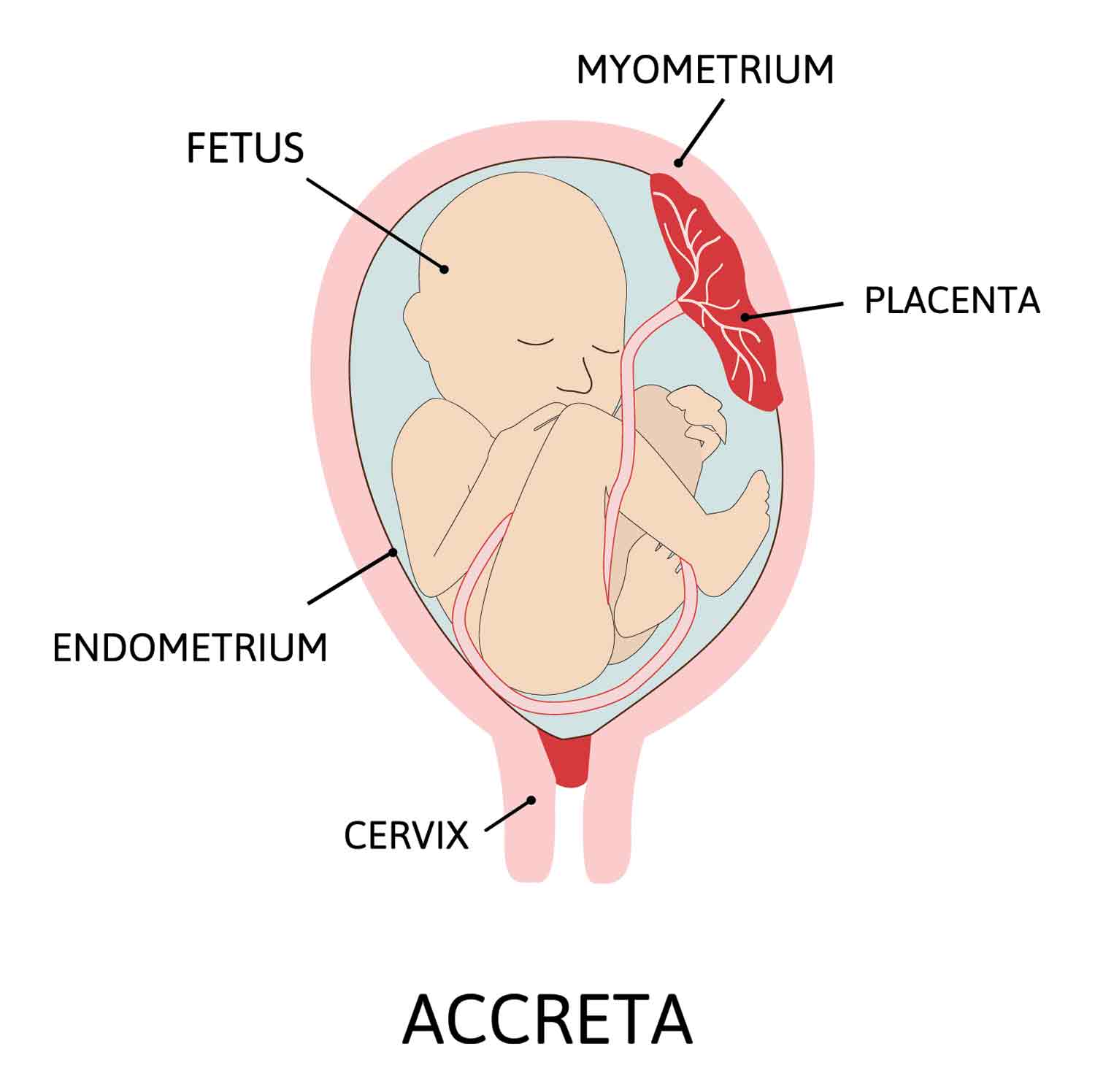
Risk factors for the development of a retained placenta include a maternal age greater than 30; premature delivery; prolonged first or second stage of labor; and a stillborn baby.
Complications of a retained placenta include life-threatening bleeding or infection. These may require a blood transfusion, hysterectomy, or removal of the uterus,
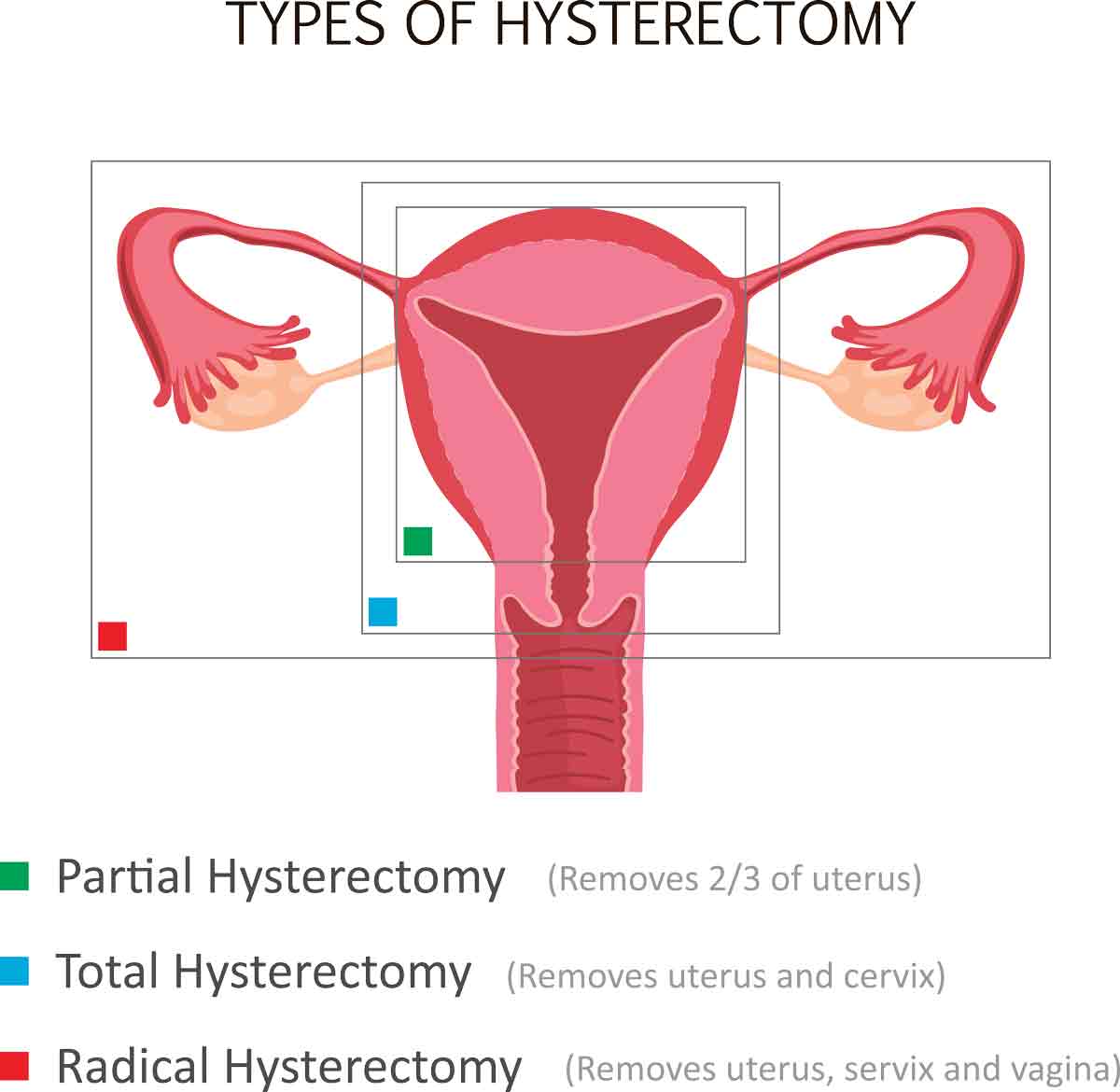
and/or surgery such as a dilatation and curettage where the lining of the uterus is removed.
It is important for your doctor to identify whether or not you fall into a high-risk category for a retained placenta, and diagnose whether you are suffering from a retained placenta during labor to intervene appropriately.
[john-naranja]